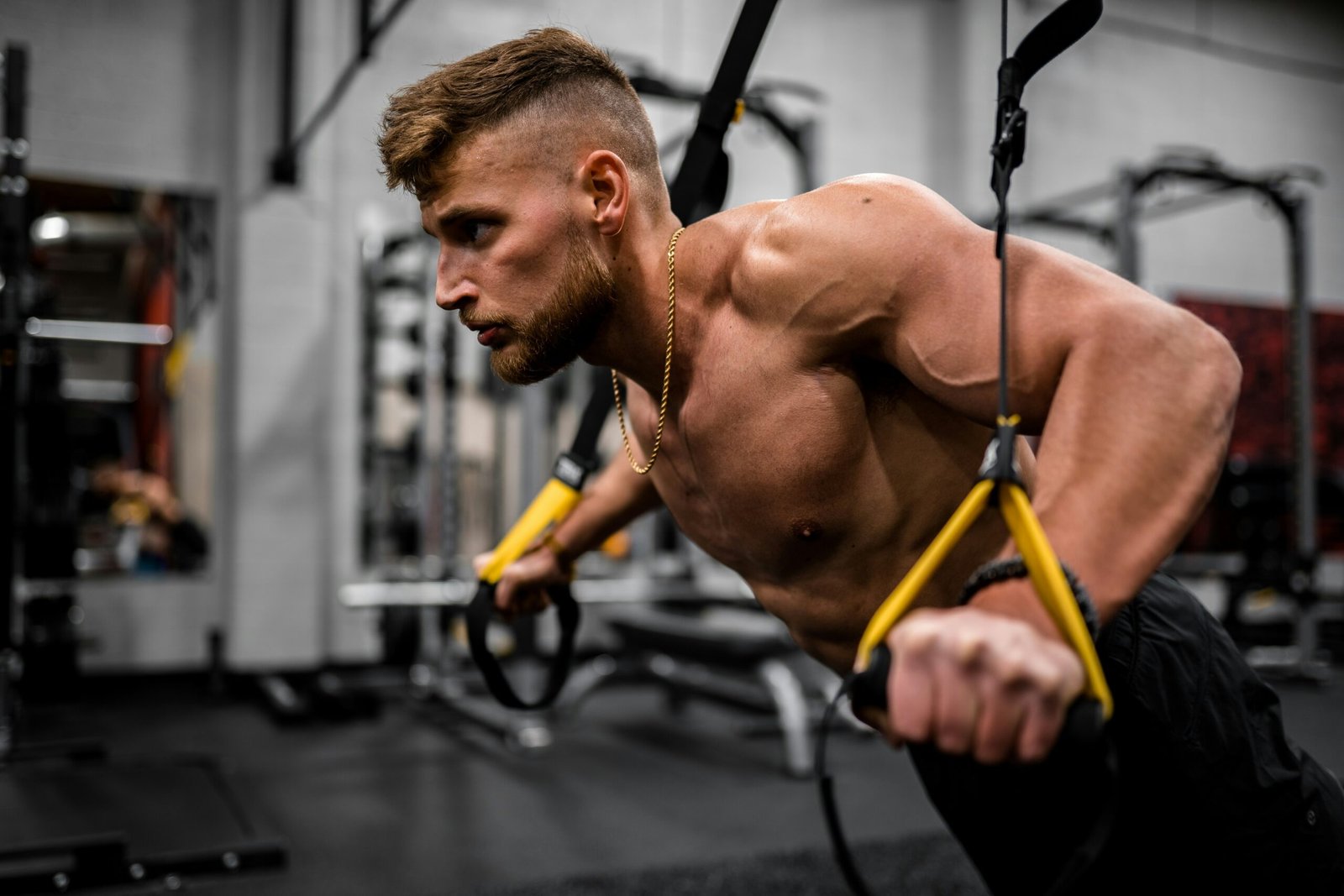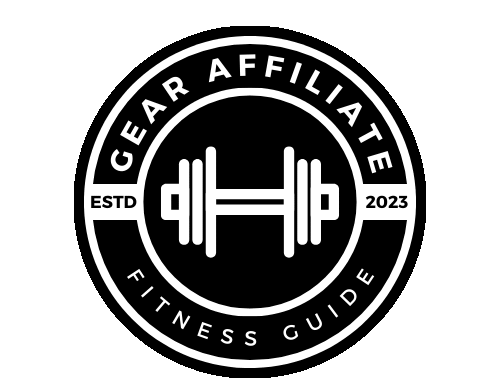
Introduction to Shoulder Training
Shoulder training is a crucial component of any balanced fitness regimen, as strong shoulders contribute significantly to overall upper body strength, posture, and athletic performance. The shoulder complex consists of several muscles, primarily the deltoids, which are divided into three distinct heads: anterior (front), lateral (side), and posterior (rear). These muscles work in coordination with other supporting muscles, such as the rotator cuff, trapezius, and serratus anterior, allowing for a wide range of movements that are essential in both daily activities and more demanding physical pursuits.
Developing strength and size in the shoulder muscles is particularly beneficial for multiple reasons. Firstly, it enhances posture, as well-built shoulders help to align the spine properly and counteract the negative effects of prolonged sitting. Secondly, strong shoulders improve overall upper body strength, enabling individuals to perform more effective compound movements, such as bench presses and pull-ups. Finally, well-conditioned shoulder muscles play a vital role in preventing injuries. Strengthening the stabilizing muscles of the shoulders reduces the risk of strains and overuse injuries, promoting longevity in one’s fitness journey.
This article will provide an overview of the top three shoulder exercises designed to build strength and size effectively. Each exercise will focus on different aspects of shoulder development while ensuring that readers can perform them safely and efficiently. Readers can expect to gain insights into the mechanics behind each exercise, tips for proper form, and how to integrate these movements into their existing workout routines. Enhancing shoulder strength through dedicated training not only contributes to aesthetic goals but also supports comprehensive physical health.
Exercise 1: Overhead Press
The overhead press is a foundational exercise for developing shoulder strength and size, making it a staple in many strength training routines. To perform the overhead press correctly, begin by standing tall with your feet shoulder-width apart. Grip the barbell slightly wider than shoulder width and position it at collarbone height. Your elbows should be slightly in front of the bar, allowing for a straight upward movement. From this starting position, engage your core and press the weight overhead while keeping your body aligned. Once the barbell reaches full extension, lower it back to the starting point in a controlled manner.
As you execute the overhead press, it is essential to maintain proper form to maximize the benefits and minimize the risk of injury. Common mistakes include leaning back excessively, allowing the bar to drift forward, and not engaging the core muscles. These errors can lead to poor mechanics and diminish the effectiveness of the exercise. To avoid these pitfalls, focus on maintaining a neutral spine and bracing your abdominal muscles throughout the movement.
The overhead press offers numerous benefits, including increased shoulder mass and overall upper body strength. By incorporating this exercise into your routine, you engage multiple muscle groups, such as the deltoids, triceps, and upper back. Additionally, variations of the overhead press, such as the seated and standing options, cater to different fitness levels. Seated variations offer more stability, making them ideal for beginners or those recovering from injury. Standing presses, on the other hand, demand greater core engagement and balance, appealing to more advanced fitness enthusiasts.
Exercise 2: Lateral Raises
Lateral raises are a cornerstone exercise for targeting the lateral deltoids, which play a vital role in achieving shoulder aesthetics and stability. This exercise aids in the development of width in the shoulders, fostering a visually appealing V-taper, and enhancing overall strength functionality. To perform lateral raises correctly, begin by selecting an appropriate weight that allows you to maintain proper form while still challenging your muscles. A good guideline is to start with weights between 5 to 15 pounds for beginners, gradually increasing as strength improves.
To execute the lateral raise, stand upright with your feet shoulder-width apart, holding a dumbbell in each hand at your sides. Ensure your palms are facing inwards. With a slight bend in your elbows, raise your arms outward until they are parallel to the ground, maintaining control throughout the movement. Focus on raising the weights with your shoulders rather than your hands to maximize the involvement of the lateral deltoids. Hold the position for a brief moment and then lower the weights back down with equal control. It is also essential to maintain a straight back and avoid swinging your body, as this can increase the risk of injury.
For those looking to diversify their workout routines or who may not have access to free weights, alternatives to traditional lateral raises should be considered. Resistance bands and cable machines can effectively target the lateral deltoids, offering the advantage of constant tension throughout the range of motion. Resistance bands can be anchored at the base of a pole, allowing you to perform lateral raises by pulling the band outwards. This variation can be particularly beneficial in maintaining stability in the shoulder joint while developing shoulder strength and size.
Exercise 3: Face Pulls
Face pulls are a highly effective exercise for targeting the rear deltoids, which play a crucial role in maintaining shoulder health and stability. This exercise not only helps in building strength but also in promoting balanced shoulder development, essential for preventing injuries and addressing common issues such as forward shoulder posture, often seen in individuals who spend extended periods sitting.
To perform face pulls correctly, you will need a cable machine with a rope attachment. Start by setting the cable pulley at upper chest height. Stand a few steps back, grab the rope with both hands, and take a few steps forward. Position your feet shoulder-width apart for stability. As you pull the rope towards your face, focus on squeezing your shoulder blades together. Ensure your elbows are at shoulder level, flaring out to the sides to maximize rear deltoid engagement. It is vital to control the movement, maintaining steady tension through the cable throughout the exercise. Perform 10 to 15 repetitions for three sets, gradually increasing the weight as your strength improves.
Common pitfalls to avoid include using excessive weight, which can lead to improper form and strain on the shoulders. Additionally, many individuals may rush through the movement, failing to engage the targeted muscles effectively. Instead, prioritize quality over quantity, ensuring each rep is performed with deliberate control. Incorporating face pulls into your shoulder workout routine can significantly aid in realigning your shoulder position, combatting postural deficiencies, and enhancing overall shoulder function. The strategic inclusion of face pulls not only strengthens the rear deltoids but also contributes to a well-rounded workout regimen that prioritizes injury prevention and functional movement patterns.
If you found this post to be helpful, then you may be interested in the rest of our blog page here.
At Gear Affiliate, we always want to give our readers more resources to research. Below are a few sources that we have found to be helpful relating to this topic.

